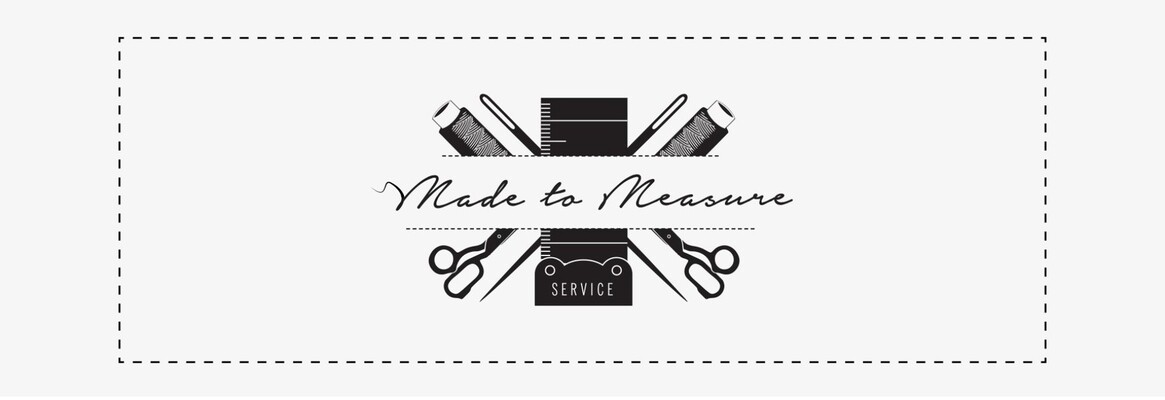
Can Leaders be made to measure?
Here is a typical (but fictitious) discussion in a talent council meeting in a typical company:
You see, Kavish is great at getting things done. His execution is flawless. He is also good with people. It is just that he is just not strategic. He is too immersed in the day to day.
Let’s talk about Ranjit. He is excellent in his functional area. He is very dependable. Unfortunately he just does not have that stature you see. It is hard to put him in from of the Board. A few hard questions and he will begin to fumble.
The discussion then turns even more complex.
Let’s talk about our two Manufacturing Heads – Raj and Kumar. Raj is great with people and very emotional intelligent but does not have intellectual rigour. Kumar is intellectually so goo but insensitive. If somehow we could make an amalgam of both and bring out two manufacturing heads with the best of both, how great would that be?
The world of leadership development and Human Resources management has made great strides in the ability to define competencies, assess leaders against those competencies and quite accurately conclude each person’s strengths and development needs. That is good.
The ability to define what an organisation expects in term of leadership behaviours is also outstanding today. Our literacy on this count is terrific. We can clearly establish the 16 competencies and 24 skills that a leader should possess. That is of course in addition to defining what he needs to know in his job and also what he needs to know about other functions and his business and the business of competitors.
That is unfortunately the problem. The more elaborately and minutely we define what we need from leaders and the more that list becomes longer, the more our existing leaders appear wanting. Assessed against this daunting list, the leaders of even a consistently high performing organisation can come out looking quite bad and give the CEO team some sleepless nights. (if not read in context)
This is no different from the fact that we now have elaborate lists of what good looks are, what good health is, what physical fitness is, what a happy life is and so on. The more we define these standards in almost idealistic terms, the more all of us look bad, feel terrible and think catastrophically. Read those lists every day and you can wake up feeling hopeless.
This is what I call the made to measure syndrome of leader development – the belief that we can tailor make those perfect fit leaders and that for that all we have to do is define on a PowerPoint presentation what we want. On paper, it would be great of a leader had 75 counts of strategic thinking, 68 counts of business acumen, 83 counts of emotional intelligence, 65 counts of executive presence, 72 counts of coaching and mentoring and so on.
Unfortunately our assessment and development centres are likely to turn in results that might disappoint. Until the point of assessment, it is a perfect science. After that, we begin to feel humble.
So, one might ask if the answer is to live with poor leadership or to drop our standards. No, not really. The answer is to emphasise not just competence but also acceptance. The ability to see each executive as a complete and unique person with a combination of abilities and limitations is a great starting point. While the ability to learn all through one’s life is worth emphasising, the ability to respect that each executive will be different and brings unique gifts is equally important.
As a Leader as coach, while I certainly work with my Internal Coaches to help them pay attention to some of their troubled zones, I also feel this strong urge to tell their sponsors to show greater acceptance of their gifts.
The role of defining competencies is to promote learning and not encourage dissatisfaction with what one has. In fact it is this dissatisfaction that pushes organisations to believe that an outside hire might come with a closer fit to their competency definitions that the ones they already have and we all know how that goes.
The truth is that leaders cannot be made to measure. As long as the fit is comfortable and does not pinch or suffocate, that is a good place to be in.
